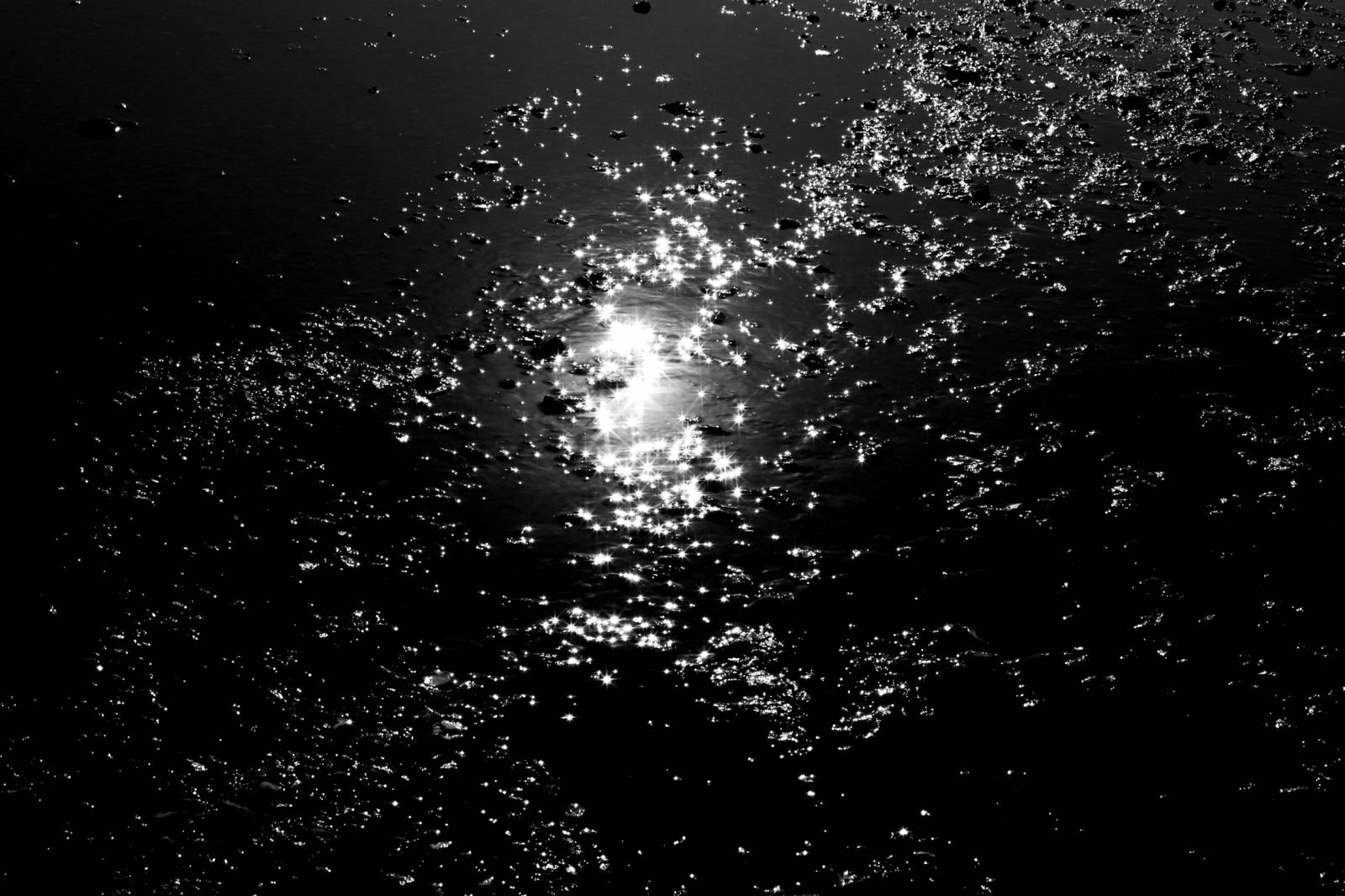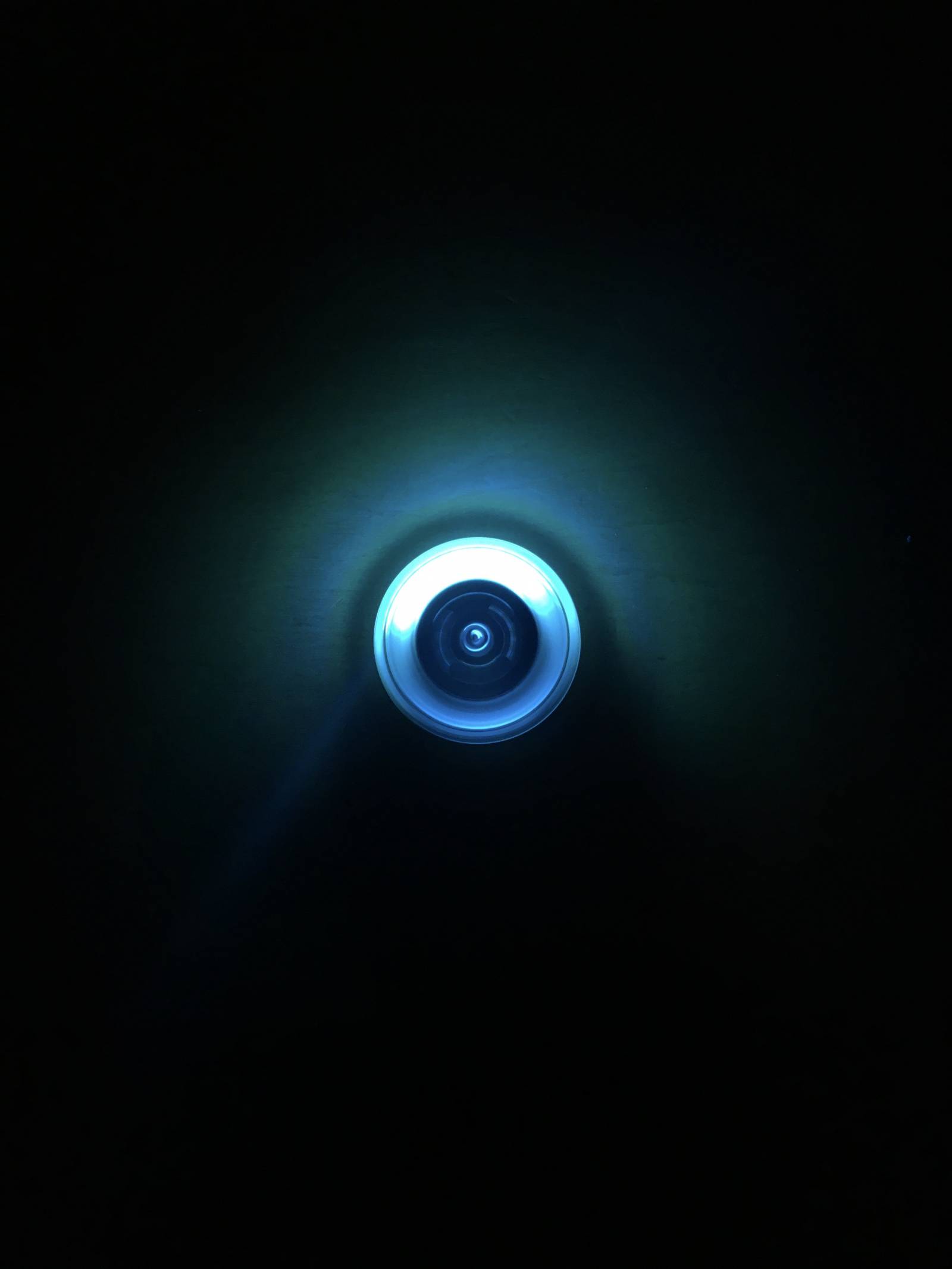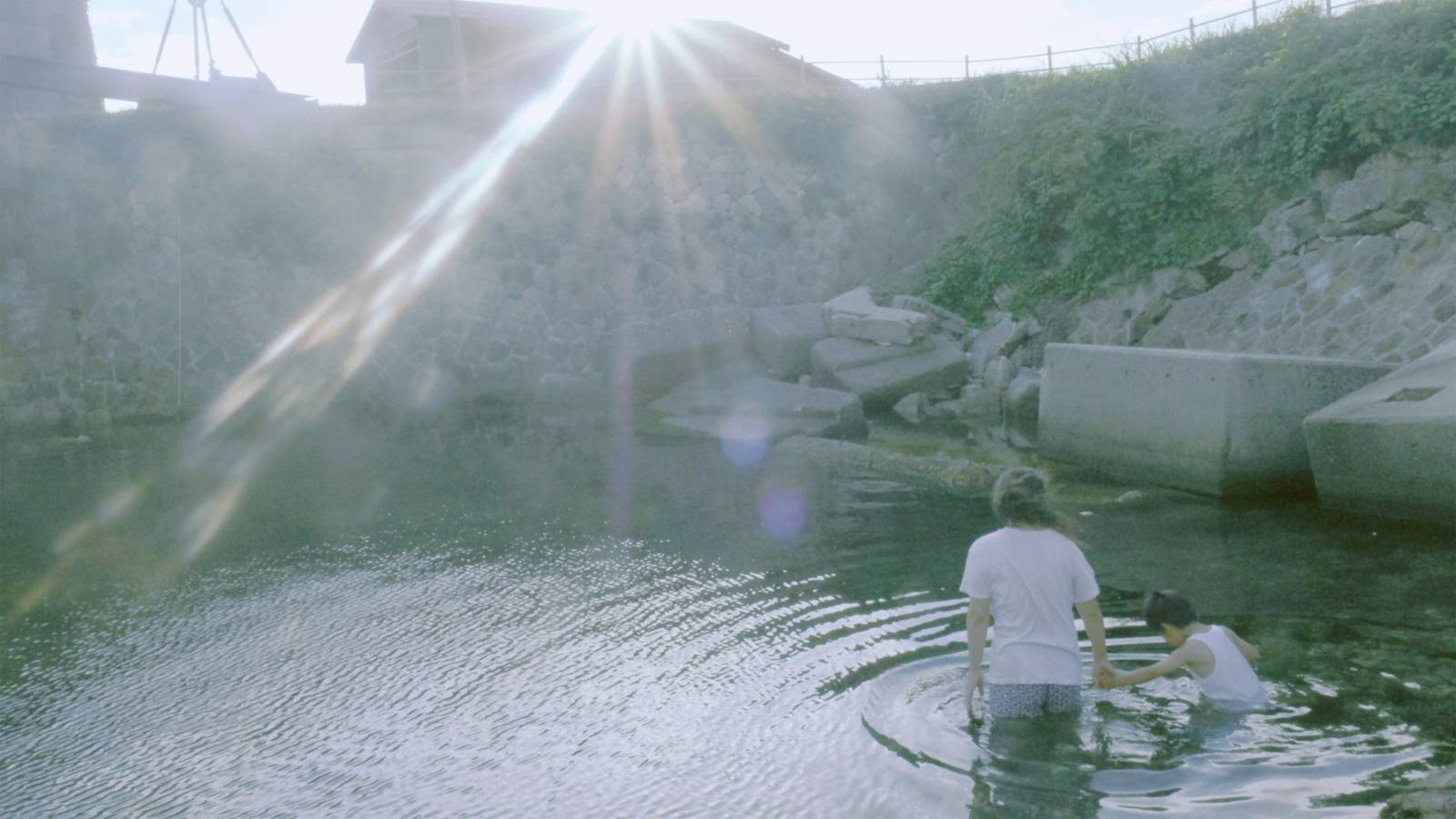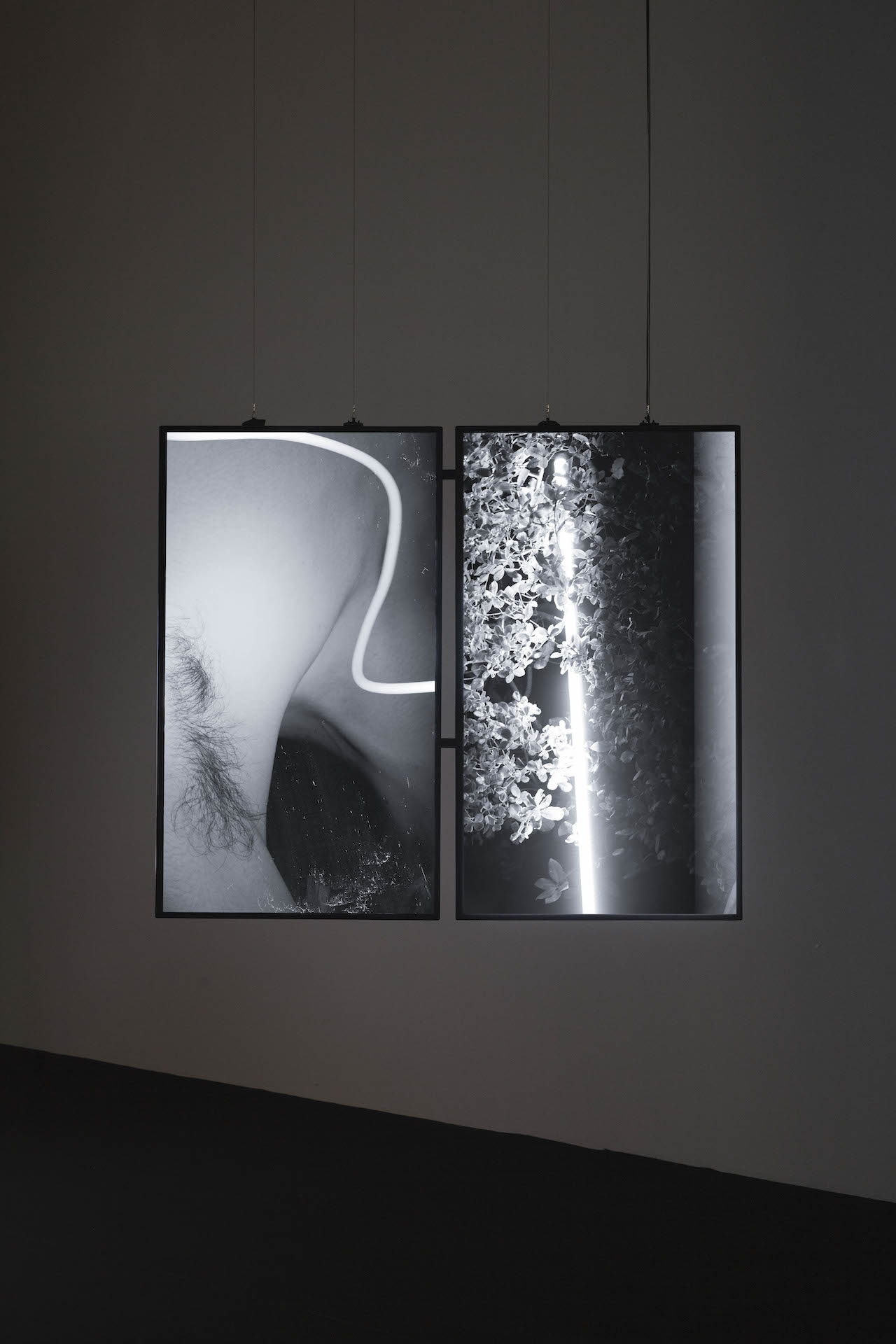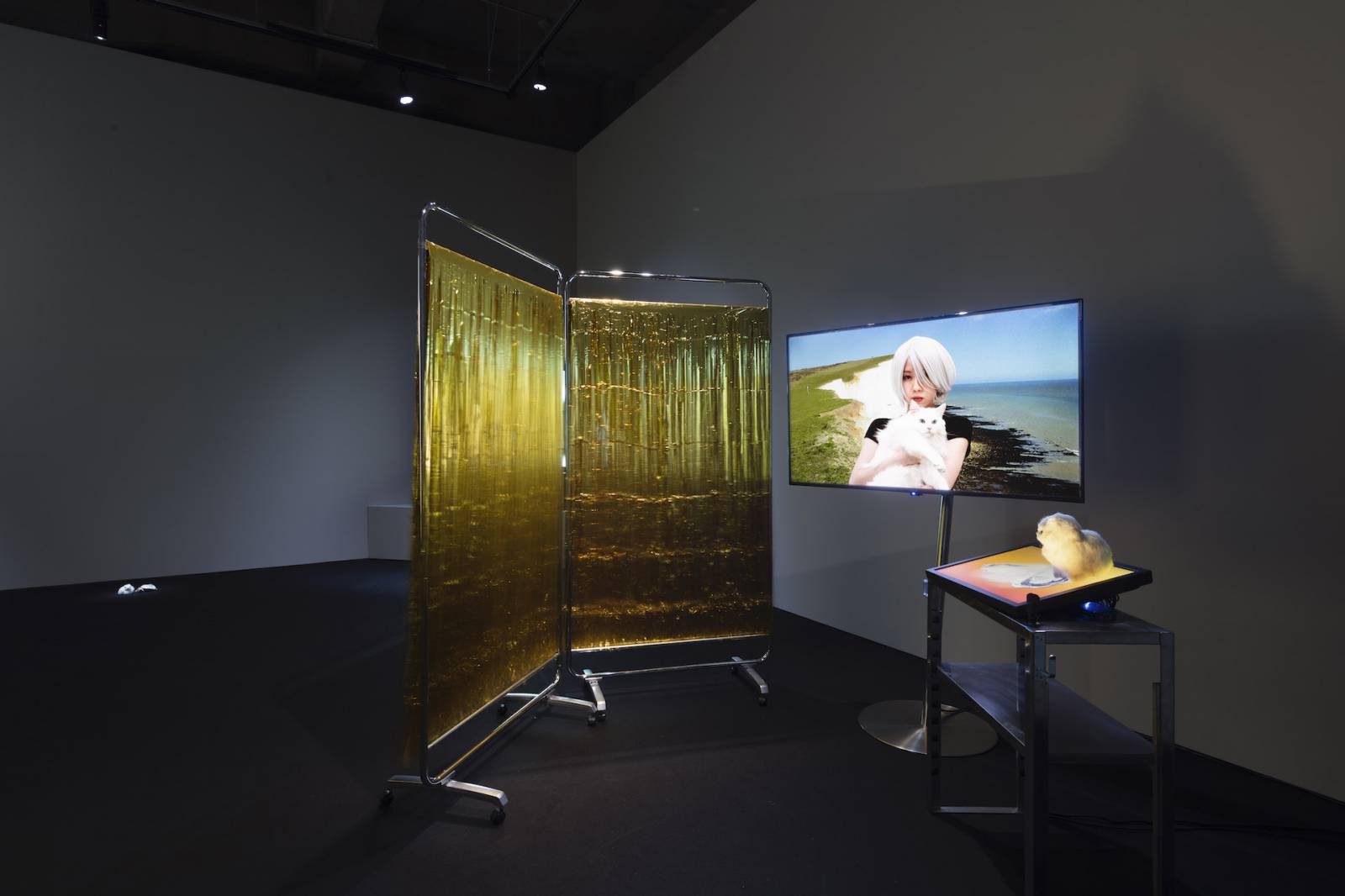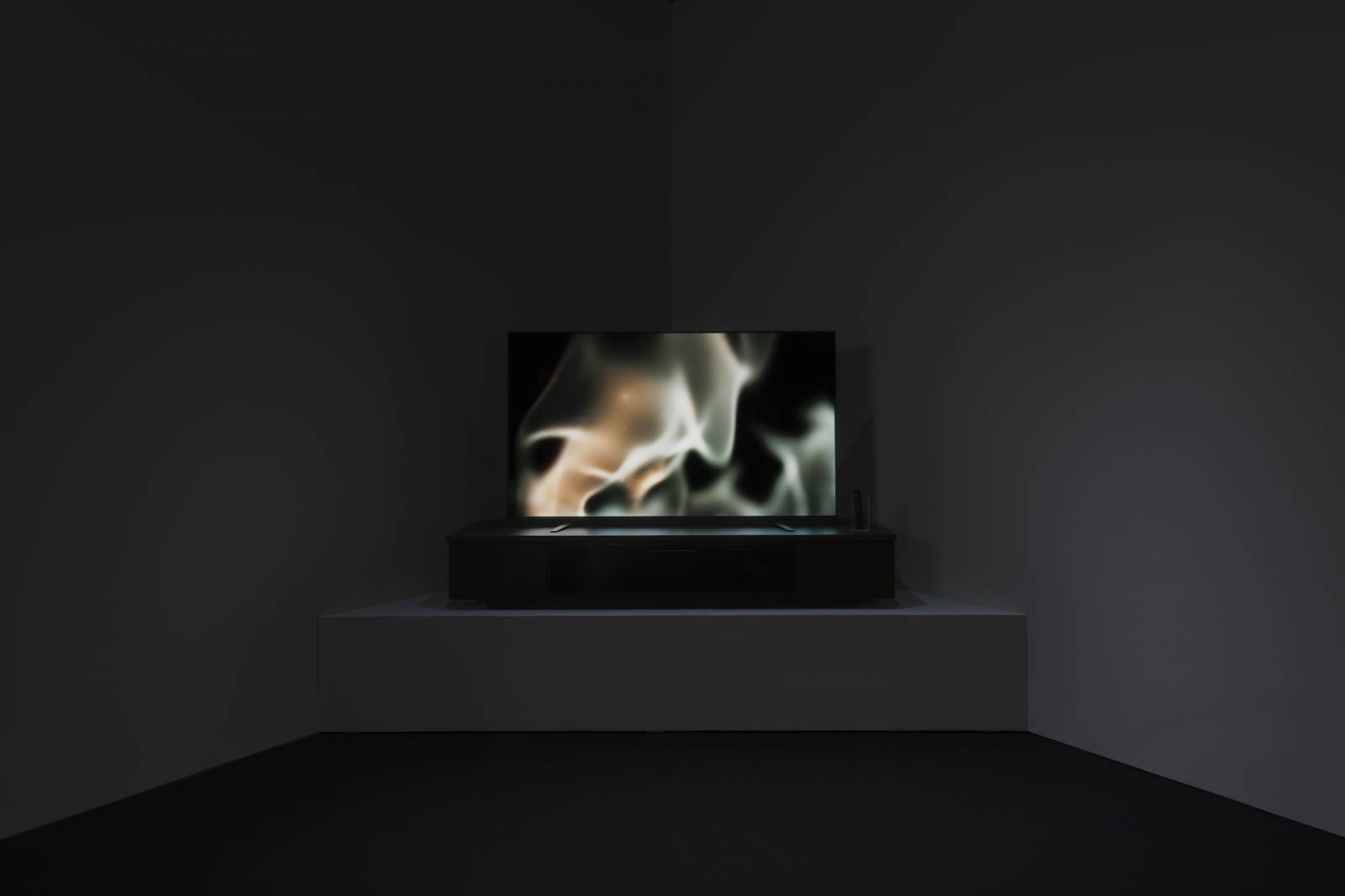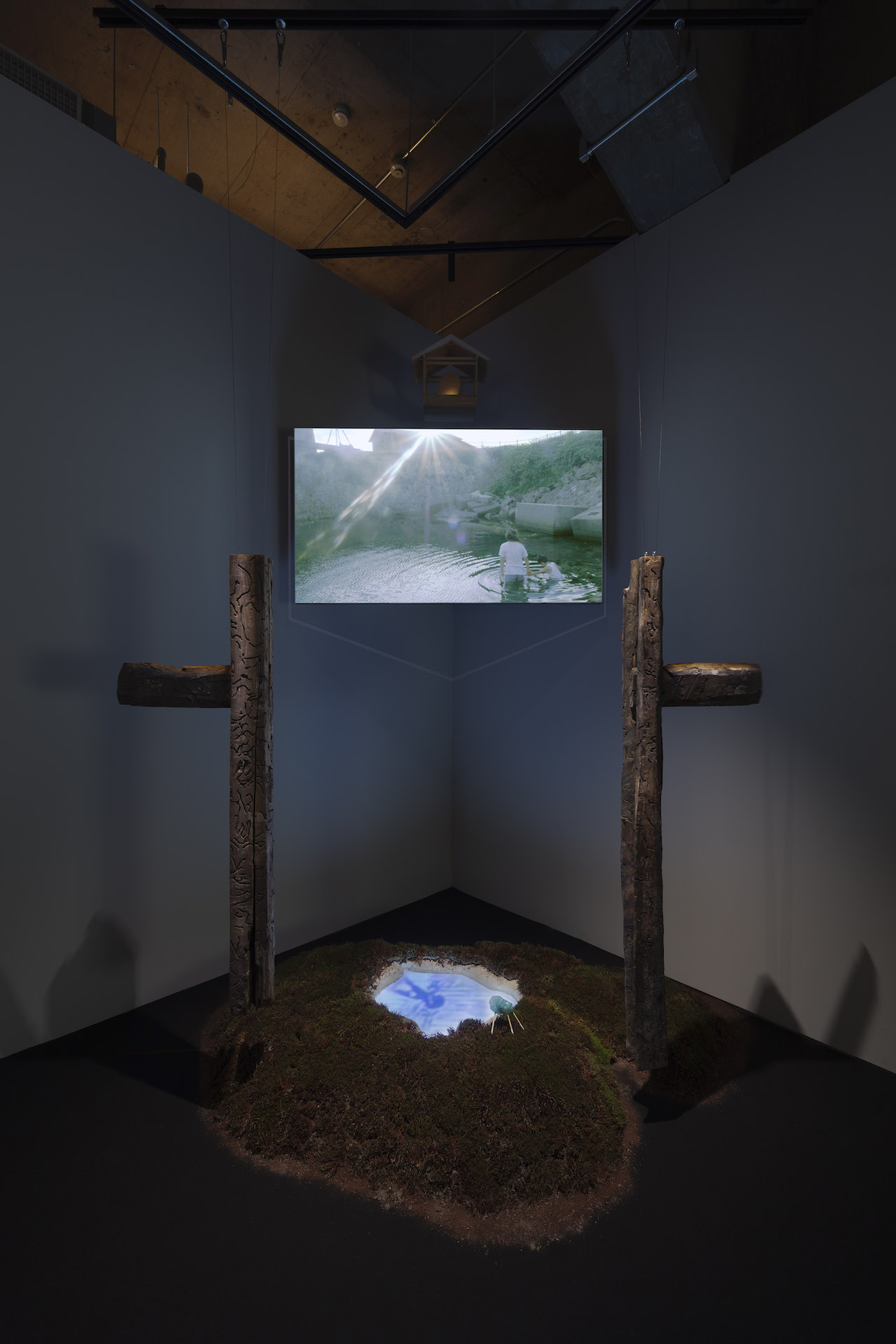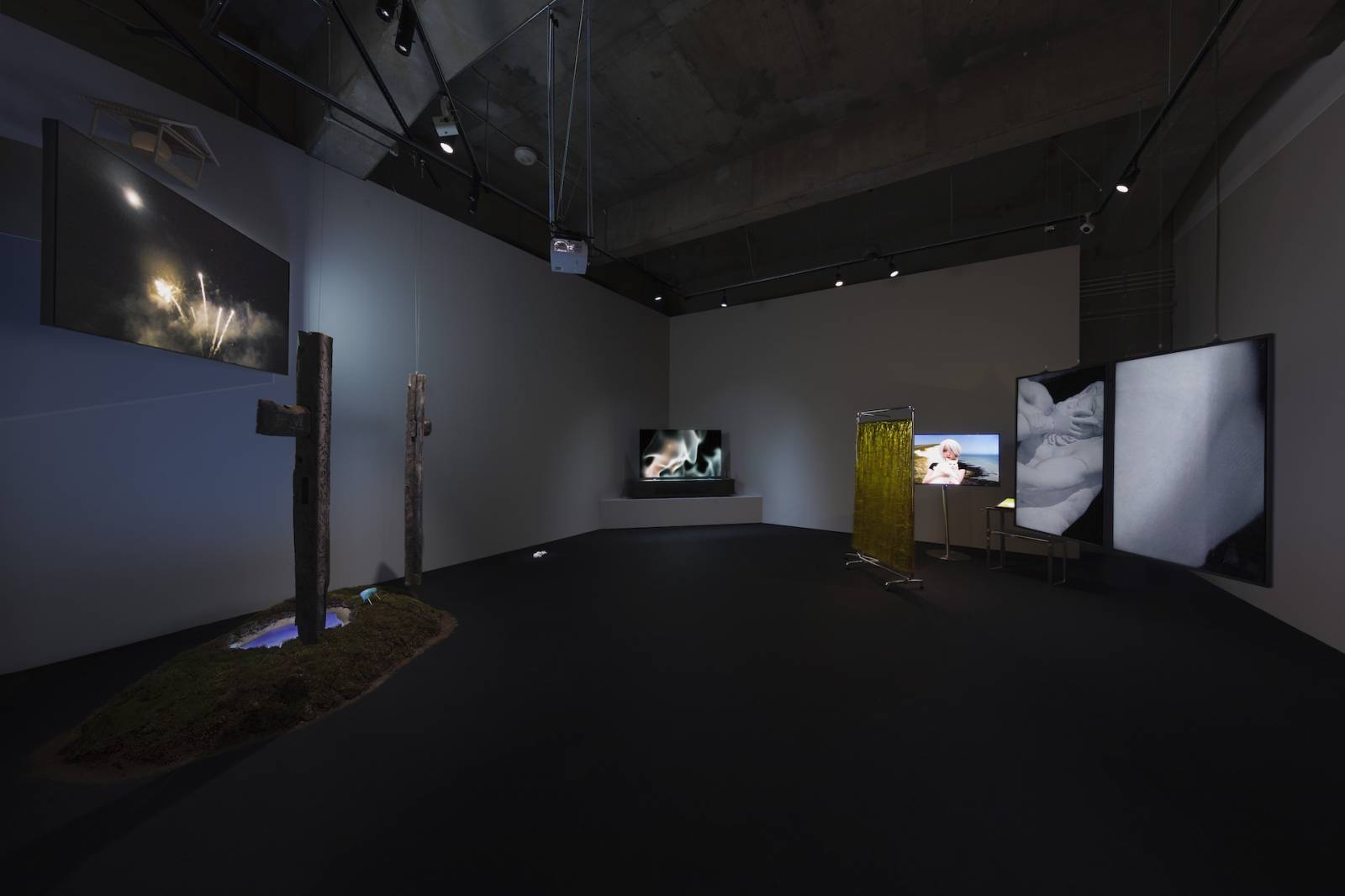Digitalis or First-Person Camera | Umi Ishihara, Maiko Endo, Yokna Hasegawa, Mayumi Hosokura
17 April - 19 June, 2021
Venue : Takuro Someya Contemporary Art
Takuro Someya Contemporary Art will reopen the group exhibition Digitalis or First-Person Camera | Umi Ishihara, Maiko Endo, Yokna Hasegawa, Mayumi Hosokura with limited hours beginning Wednesday, May 12th.
Hours will be limited to Tuesday through Saturday, 12:00 – 6:00 p.m (closed on Sundays, Mondays, and national holidays), and the exhibition period will be extended for the time being.
We ask that all visitors take necessary precautions against the spread of COVID-19. More details can be found at the bottom of this page.
These continue to be challenging days, but we hope to work together with you to ensure your safe visit to our gallery. Thank you for your cooperation.
________________
Takuro Someya Contemporary Art is pleased to present Digitalis or First-Person Camera, a group exhibition featuring artists and filmmakers Umi Ishihara, Maiko Endo, Yokna Hasegawa and Mayumi Hosokura, opening Saturday, April 17th.
Below is a brief statement from Mayumi Hosokura, who curated this group exhibition.
Digitalis or First-Person Camera
In Yumiko Oshima’s graphic novel Digitalis, a character describes seeing “amorphous luminous bodies which appear out of nowhere when I force my eyes closed, unable to sleep… I named the biggest and brightest one ‘digitalis.’”
This hyper-personal description of vision lies somewhere between the reality and phenomenon of sight, yet I have no way to prove that the world I see now is any different from that of digitalis. We live our days seeing through our personal gaze, our eyes clouding over when we cry.
The camera is regarded as an objective recording device with a mechanical eye. Yet at the same time, it can also be seen as a tool that is capable of sharing the personal vision of the person behind the camera.
When we reconceive the camera this way, it becomes possible for us to encounter someone else’s digitalis, as though tracing the back of their eyes.
Digitalis, or the first-person camera, is a question asking what lies beyond the gaze traced backward, blurring the boundary between you and me.
— Mayumi Hosokura
The Japanese language contains a multitude of first-person pronouns, which vary in nuance by gender identity and formality, among other things. Japanese women most commonly refer to themselves by the pronoun わたし(watashi), a relatively gender-neutral term used by both men and women, though considered more feminine when used in casual settings. Younger women and girls, however, do not necessarily go by this pronoun. According to linguistic scholar Ayumi Miyazaki, middle school girls often use other first-person pronouns such as ぼく(boku, masculine), おれ (ore, informal with an emphasis on masculinity), or あたし(atashi, informal and feminine), selecting whichever one feels like the best fit. Girls at this age may actively avoid watashi, feeling that it places too much of an emphasis on their femininity. As they grow older, however, the dominant ideology of gendered language becomes internalized. In the process, women generally adopt the use of watashi, abandoning their younger and more free usage of various pronouns. On the other hand, in the case of boys, boku often becomes ore during their teenage years. As adults, men continue to use ore but also watashi and boku, depending on the context. [1]
In this exhibition, the first-person cannot be contained neatly within a single word such as watashi, nor does it attempt to evade femininity altogether. Instead, the first-person here is as hyper-personal as digitalis, unique in each variation.
Mayumi Hosokura uses her camera in the first-person. In her ongoing series of male nudes, the gendered norm of photography – a man behind the camera and a woman in front – is reversed. Her recent work “NEW SKIN” pays homage to the gay photographers who have influenced Hosokura through a layered digital collage composed of various gazes turned toward the male body. Hosokura’s new work “digitalis,” presented in this exhibition, is a video in which the camera scrolls slowly across one giant image, a collage made up of photographs accumulated daily by the artist. The individual elements of the image reflect Hosokura’s first-person perspective, but the slow horizontal movement of the camera invites an impatient viewer’s eyes to wander.
Film director and artist Umi Ishihara superimposes herself onto the characters who appear in her stories. In this exhibition, Ishihara presents a video installation in which a story about a girl, a cat, and a magician unfolds through conversation. The purity of the magician, who risks his own body in an attempt to turn tricks into real magic, is also found in the conspiracy theorist, who pursues with incomprehensible passion a story no one else understands, and even the madmen described in Foucault’s “Lives of Infamous Men.” In Ishihara’s eyes, artists, defined as those who live by making, fall into this same category.
Linguist Roman Jakobson defined “shifter” as a term whose meaning depends on who speaks it, the primary example being personal pronouns for referring to the self. (In Ishihara’s written work, she refers to herself as atashi.) Considering this, first-person pronouns discussed above such as watashi, atashi, and boku could point to anyone. In A cat like an oyster rains down, the unnamed girl protagonist and Ishihara share the first-person perspective. Yet there is also room for the viewer to join, and the installation, based on the hospital where the magician is, serves as that entrance.
This exhibition marks the first time that film director Maiko Endo presents a video installation work within an art context.
In the worlds depicted within Endo’s films, the self becomes mixed with others. Time and space are not perceived in a uniform way, instead progressing in a discordant manner. Images are recorded from the cinematographer’s point of view, but they are simultaneously vantage points into Endo’s world. At the same time, they capture the real world as it actually exists. These boundaries between the first-person, second-person, and third-person perspectives become indistinguishable.
Endo took a new approach to creating the work for this exhibition, which would be shown in a space very different from that of a typical film screening . She positions this work as “the sketch from which everything begins” for her long-term project Electric Shop. As the name suggests, Electric Shop is inspired by electronics stores, and is an attempt to recreate the unique visual experience of the sales floor in such stores from the artist’s perspective. The images, exquisitely fine-tuned to display the utmost potential of the TV monitor, are opaque as to their creation. In this way, at first glance they appear to refuse to share the first-person perspective with the viewer. Yet meanwhile, the images develop into a fantasy that could be described as excessive, in contradiction with the objectivity of an electronics store. In this deeply personal fantasy, we find ourselves moving back and forth between multiple viewpoints within the same image. By tracing this hidden gaze through these double and triple layers, perhaps we finally encounter the first-person of a shared vision.
Yokna Hasegawa presents a video installation featuring footage from a summer spent with a family living on Sado Island, an island located in the eastern part of the Sea of Japan. She describes her creative process as a sort of ritual séance, using setting and scenario as chance invocations. Though this work initially appears to be a simple documentary with no defined plot, Hasegawa shares with viewers the sights which enchanted and enthralled her.
In his essay on photography “The Phantom Self” (Maboroshi No Mo Hitori), Masashi Miura describes the photographer as an entity who occupies the same space as the subject yet lacks a face or body. Each time a viewer looks at the photograph, they occupy this original position, reconstructing the presence of the photographer. This is true in Hasegawa’s work, but in the case of video, the viewer additionally takes part in the sharing of time and sound. The act of sharing one’s own gaze is, after all, to disclose one’s feelings to others. A film is a device through which the viewer can experience the artist’s feelings, using visual information such as what and for how long something appears on screen. Words of fear such as “kowai” (scary) and “abunai” (dangerous), feelings which epitomize the first-person experience, are repeated throughout Hasegawa’s work. The pond installation, modeled after the mysterious floating island Otowaike Pond that appears in the film, serves as a catalyst to bring together the first-person of the viewer, the people on screen, and the artist herself.
In Oshima’s Digitalis, for which this exhibition is named, the protagonist Hokuto Kobayashi meets another person with the identical name. The manga depicts the glimmers of friendship, as well as the trouble, that emerges between these namefellows. Together, they move back and forth across the ambiguous boundary between self and other, sharing not only their names but also their struggles and daily lives. In Digitalis or First-Person Camera, each artist poses their own ways for the first-person to exist in film and video. Through their worlds, visitors can become aware of and reaffirm their own first-person, just as the two Hokutos do in Oshima’s story. As Martin Scorsese said, “the most personal is the most creative,” and perhaps it is this most personal gaze which can also be the most open.
[1] Miyazaki, Ayumi, “Japanese Junior High School Students’ Metapragmatic Commentaries: Shifting Gendered Language Ideologies,” The Japanese Journal of Language in Society, September 2016, 135-150.
________________
Digitalis or First-Person Camera|Umi Ishihara, Maiko Endo, Yokna Hasegawa, Mayumi Hosokura
Exhibition Period:Saturday, April 17, 2021 –Saturday, June 19, 2021
Open:Tue – Sat 12:00 a.m. – 6:00 p.m. (limited hours)
Closed:Sun, Mon and National Holidays
Takuro Someya Contemporary Art TSCA 3F TERRADA Art Complex 1-33-10 Higashi-Shinagawa Shinagawa-ku Tokyo 140-0002
TEL 03-6712-9887 |FAX 03-4578-0318 |E-MAIL: gallery@tsca.jp
________________
Umi Ishihara
Umi Ishihara is an artist and film director making experimental narrative films and video installations centered around love, personal memories, womanhood and wider societal issues. Both her first feature-length film The Garden Apartment (2019) and her Tokyo University of the Arts thesis The Pioneer premiered at the International Film Festival Rotterdam in 2019. The same year, she directed Janitor of Lunacy commissioned by BBC and aired on BBC4, and was selected for the 2019 Bloomberg New Contemporaries for UMMMI’s Lonely Girl. In 2016, she was awarded the Teiya Iwabuchi Award by the Contemporary Art Foundation in Japan.
Maiko Endo
Film director and artist Maiko Endo was born in Helsinki, Finland in 1981 and grew up in Tokyo. She moved to New York in 2000 and started her career as a violinist, performing in orchestras and bands as well as composing music for films. Her directorial debut KUICHISAN (2011) was awarded Best World Documentary at Jihlava International Documentary Film Festival in 2012. Endo’s second feature TECHNOLOGY was filmed in India and Iceland. Her new mid-length film TOKYO TELEPATH 2020 premiered at the International Film Festival Rotterdam in 2020, followed by the Yebisu International Festival for Art & Alternative Visions 2020. Endo is currently based in Tokyo where she is at work on her next feature-length film. In 2021, she will also take a step into the art world with her first video installation.
Web: https://www.kuichi-tech2020.com/
Yokna Hasegawa
Yokna Hasegawa (b.1985) began publishing prose and film works on the internet in the 2000s. In 2013, Hasegawa received the Honorable Mention Award from Canon New Cosmos of Photography for Ascension River. Other directorial works include Illuminations (2014) and DUAL CITY (2015), the first two parts of an SF trilogy set in a Japan of the near future, as well as The Pearl Diver’s Tale (2020), a short film based on a poem which imagines two women divers, one from Hokusai’s shunga and the other from an Asuka period legend, as the same person. In 2017, she participated in the 9th Yebisu International Festival for Art & Alternative Visions. Hasegawa’s primary goal is to document the environment, but she is also interested in exploring and sharing the emotions, especially related to memory, and tactile sensations of image which arise through the misuse of film techniques, such as the misalignment of audio and video, fictionalization through CG and dialogue, the shooting of meaningless primary source material, and excessive time manipulation.
Web:https://www.centralgame.org/
Mayumi Hosokura
In Mayumi Hosokura’s work, representations of the body reorganize boundaries that would once have been taken as fact, such as those between race and nationality, humans and animals and machines, and organic and inorganic material. Hosokura studied literature at the University of Ritsumeikan and photography at the Nihon University College of Art. Major solo exhibitions include NEW SKIN, Mumei, Tokyo (2019), Jubilee, nomad nomad, Hong Kong (2017), Cyalium, G/P gallery, Tokyo (2016), CRYSTAL LOVE STARLIGHT, G/P gallery, Tokyo (2014), and Transparency is the new mystery, Kuandu Museum of Fine Arts, Taipei (2012). Major group exhibitions include The Body Electric, National Gallery of Art, National Gallery of Australia, Canberra (2020), Things So Faint But Real: Contemporary Japanese Photography vol. 15, Tokyo Photographic Art Museum, Toko (2018), Close to the Edge: New Photography from Japan, Miyako Yoshinage, New York (2016), Tokyo International Photography Festival, Art Factory Jonanjima, Tokyo (2015), and Reflected – Works from the Foam Collection, Foam Amsterdam, Amsterdam (2014). Hosokura has published numerous photobooks, including Jubilee, artbeat publishers (2017), transparency is the new mystery, MACK (2016), and KYOTO by Mayumi Hosokura, Louis Vuitton (2021). Her work belongs to the public collection at Tokyo Photographic Art Museum, among others. Hosokura is currently participating in the group exhibition Anneke Hymmen & Kumi Hiroi, Tokuko Ushioda, Mari Katayama, Maiko Haruki, Mayumi Hosokura and Your Perspectives, on view at Shiseido Gallery in Tokyo until April 18th, 2021.
Web: http://hosokuramayumi.com/
________________
Our Commitment to Safety During COVID-19
In order to prevent the further spread of COVID-19, we will take the following actions:
- All visitors will be required to wear a mask upon entry into the gallery.
- All visitors will be asked to disinfect their hands with alcohol spray at the entrance.
- Entrance will be limited when needed to prevent overcrowding.
- We ask that anyone with the following symptoms refrain from visiting the gallery:
* Temperature over 37 degrees Celsius
* Cold symptoms (including fever, coughing, sneezing, sore throat)
* Strong fatigue or difficulty breathing
* Received a COVID-19 diagnosis or been in close recent contact with someone who has received a COVID-19 diagnosis
* Other concerns about their health
- Gallery staff will monitor their health and temperatures daily as well as take part in other preventative measures such as wearing masks while working.
- Please note that changing circumstances may require us to temporarily halt entrance or close the gallery. In the event of such a situation, we ask for your understanding and cooperation.


